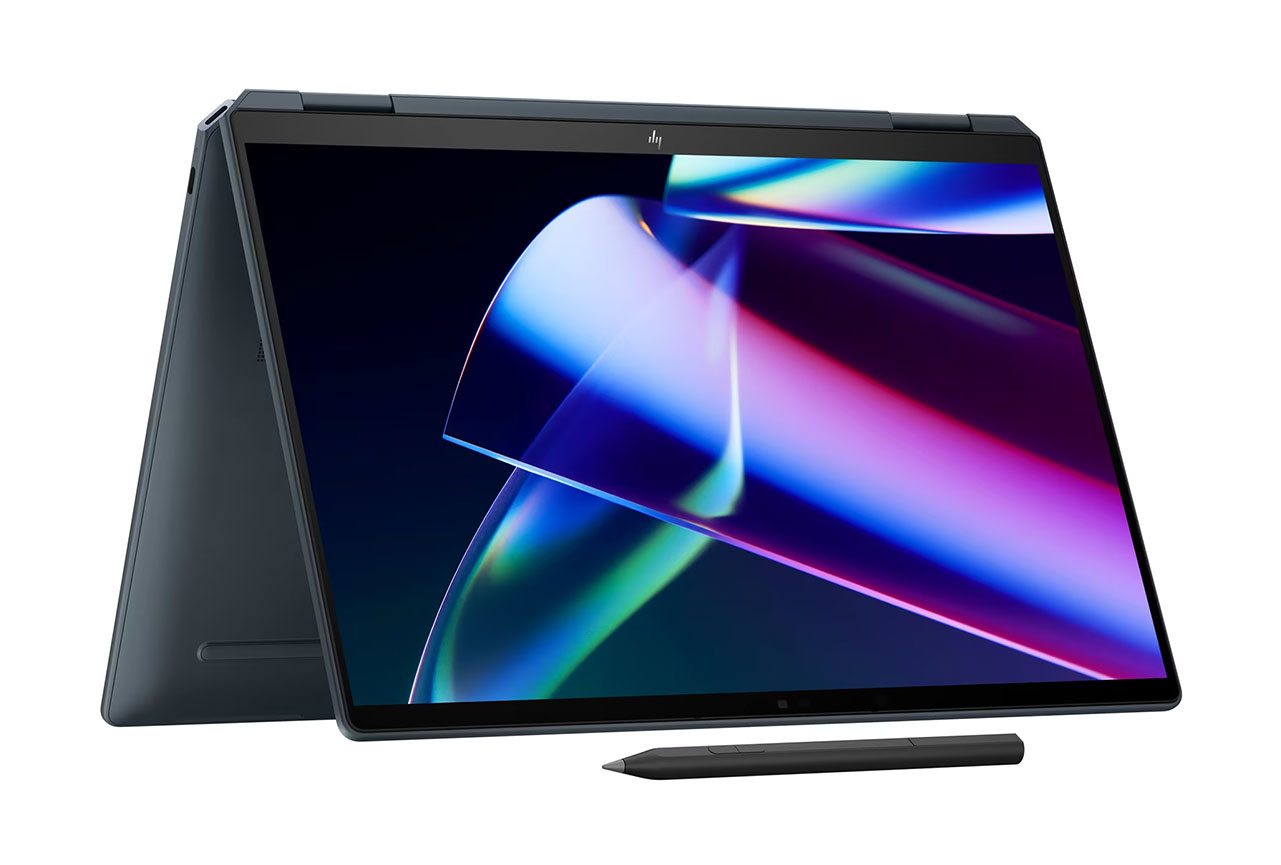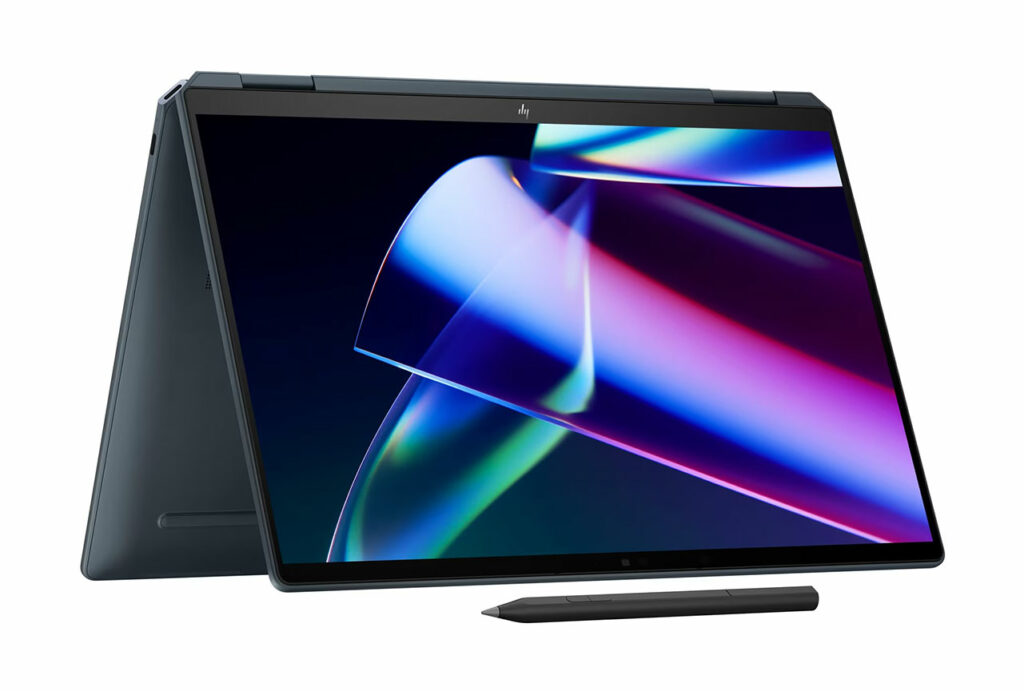We put the HP Spectre x360 2024 through our rigorous DXOMARK Laptop test suite to measure its performance in sound, camera and display. In this review, we will break down how it fared in a variety of tests and several common use cases.
Overview
Scoring
Use-case and feature subscores included in the calculations of the global score

HP Spectre X360 2024
Pros
- Good face exposure, even in difficult conditions
- Colors, skin tones and white balance are generally pleasant
- High level of details in bright light conditions
- Subjects are always in focus
Cons
- Noise is visible in low-light conditions
- White balance instabilities are sometimes visible
- Dynamic range is slightly low on contrasted scenes
- Color shading is sometimes visible on uniform background
Test summary
About DXOMARK Laptop tests: For scoring and analysis in our laptop reviews, DXOMARK engineers perform a variety of objective tests and undertake more than 20 hours of perceptual evaluations under controlled lab conditions and real-life scenarios. (For more details about the Laptop protocol, click here.)
The following section gathers key elements of our exhaustive tests and analyses performed in DXOMARK laboratories. Detailed performance evaluations in the form of reports are available upon request. Do not hesitate to contact us.
Camera
HP Spectre X360 2024
136
DXOMARK evaluates the image quality of the built in camera during video calls, whether with a single person or with multiple people, in a variety of lighting conditions. Our camera evaluation particularly assesses the ability of the built-in camera to clearly render human faces during video calls. Other intrinsic camera quality aspects are also evaluated, like color reproduction, texture and noise, as well as artifacts.
The HP Spectre x360 2024 offers accurate target exposure in all conditions, even in backlit or difficult ones. Colors are also generally pleasant with a natural white balance. Some color instabilities are occasionally visible with slight color shading. The level of details is pretty high in most conditions with accurate focus. Noise can be visible in low-light scenes.
The following chart presents the camera subscores for the video call use case:
Audio
HP Spectre X360 2024
150
Combining objective and perceptual testing in our labs and in real life conditions, DXOMARK evaluates the audio performance on two main use cases: video call and music & video. On video call, our engineers look at the quality of the audio playback and capture, and particularly the intelligibility of speaker’s voices. One specific aspect that is also evaluated is the duplex performance, in situations where more than one person is talking, making sure that there’s no echo or gating and that necessary sounds are not lost.
The HP Spectre x360 2024’s general audio performance was average when compared with other tested laptops in our database, with videocalling outperforming the laptop’s playback capabilities.
The HP Spectre x360’s handling of full duplex audio, in which everyone on a call can speak and be heard clearly and simultaneously, scored highly, giving the videocall use case a reasonably good result, despite some evident pumping during simultaneous speech.
In video-call capture and playback, the HP Spectre x360 2024 proved to have good tonal balance overall . However, bass, low midrange, and brightness were insufficient. Some muffle and a lack of high-end extension impaired voice clarity and sharp speech. The accuracy of the audio envelope accuracy was satisfying although the rendition was not very natural. The SNR was great in recording, removing nearly all of the background.
Although voice quality was decent in capture, the noise-reducing algorithm took away a little bit of the detail in the voice. In directivity, voices coming from the side sounded rather thin compared to the relevant signal in capture, but in playback, directivity was excellent with a consistent rendition around the device. The monophonic nature of the device’s recordings heavily impaired localizability in capture. But in playback, voices were easily localizable, with mostly accurate and good distance rendition.
The laptop had less of an impressive performance when putting it through multimedia, and uniquely playback, use cases such as watching videos or streaming music. The lack of bass and low-end extension, as well as insufficient high-end extension, affected the playback. On the upside, the stereo soundstage was wide, allowing for easy localization of different sources within the sound environment.
The following chart presents the capture subscores for the video call use case:
The following chart presents the playback for the multimedia use case:



